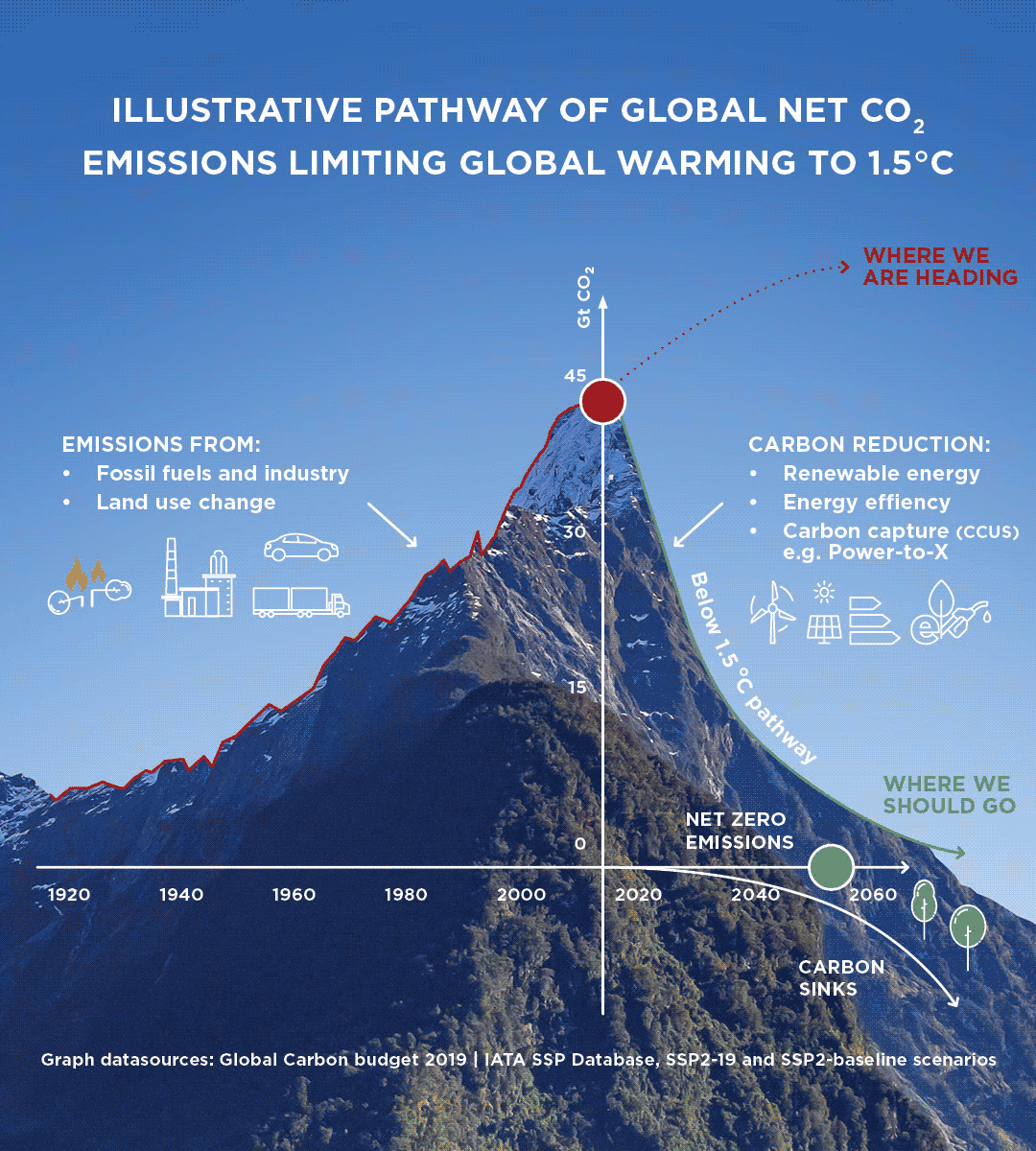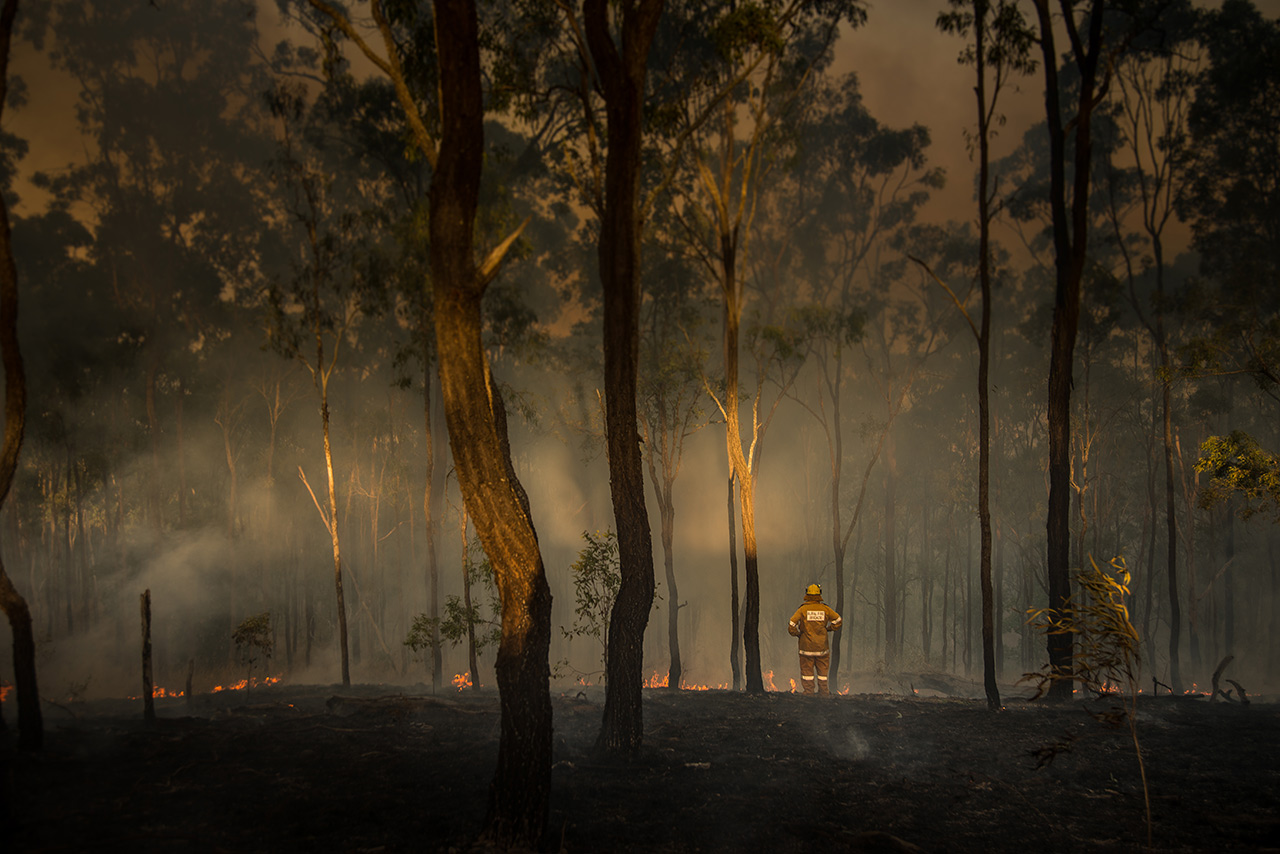Climate change is the biggest problem facing humankind, as it’s leading to rapid and dramatic changes in our planet’s ecosystem. A special report by the Intergovernmental Panel on Climate Change (IPCC) confirms the impossibility of achieving the objective of limiting global warming with the current means. It highlights that the necessary range of solutions requires carbon sinks, such as new forests. UNEP’s Gap Emissions Report states the same and describes how far we are from achieving our goal. We’ve been living on carbon credit instead of carbon debit, and we continue to do so.
To achieve our goal of limiting the temperature increase to below 2°C, or the even more ambitious goal of 1.5°C, our CO₂ emissions must be almost halved from 2010 levels by 2030. This means we have less than a decade to carry out the corrective actions needed. It’s clear, that in order to reach the targets reducing emissions is not enough –
Global climate is a highly interconnected and complex system that includes dynamic processes between the atmosphere, the ocean and the soil. Change in one part of the system usually influences the other parts as well and may lead to self-enhancing developments such as the ice-albedo feedback process (the melting of the polar caps). Interconnectivity of the climate system can be seen in key climate indicator statistics. Greenhouse gas levels in the atmosphere are higher than ever before, which has led to recent all-time high records in global mean surface temperatures and ocean acidification. As the ocean absorbs heat trapped in the system, the ocean heat content has increased.
This in turn leads to a sea level rise, which is further increased by the melting of polar ice. These changes have an impact on weather, resulting in an increase in heavy precipitation, heat waves and droughts. Another severe consequence is biodiversity loss, which has knock-on effects on important ecosystem functions. Climate change is reducing biodiversity, and biodiversity loss is crippling nature’s ability to adapt to climate change. In other words, the current species – flora and fauna – inhabiting this planet are incapable of responding to such a dramatic change in time.

The climate is a complex and intertwined ecosystem which is being altered by our emission of greenhouse gases. Keeping this and the above-mentioned complex causality chains in mind, it’s clear that the energy sector plays a central role in combatting climate change. Energy accounts for two-thirds of total greenhouse gas emissions, which is why we must concentrate our efforts on measures that focus on reducing emissions from the energy sector.
Our behaviour lies at the root of our energy challenge and the increasing population, economy and energy demand multiply its effect.

Major rebalancing of investments from fossil fuels toward renewables is needed. The annual growth in renewable energy needs to be 10 times higher than today for replacing the use of fossil energy.

